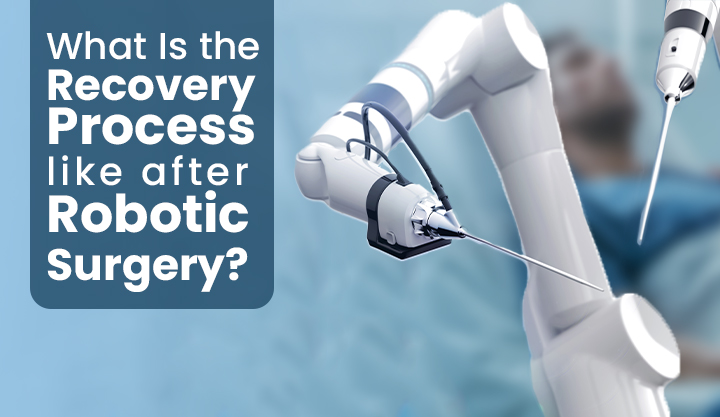
What is the recovery process like after robotic surgery
As we enter a new generation of medical technological advancements, robotic surgery has come to the forefront as a leading approach in minimally invasive surgery. It has not only revolutionised traditional surgical methods, but also made the recovery process easier, quicker and more manageable. This is important as the recovery process is just as critical as the surgery itself. It’s during this phase that the body heals and regains its strength, which was the ultimate reason for going for the surgery in the first place.
First, a Word about Robotic Surgery
Robotic surgery, also known as robotic-assisted procedures, combines advanced technology with the precision of a surgeon. This form of minimally invasive surgery involves laparoscopic surgery, a technique where small incisions are made to perform the operation. Robotic-assisted procedures provide surgeons with superior control, precision, and access to hard-to-reach areas.
The Importance of the Recovery Process
The recovery process as critical as the surgery itself. It’s during this phase that the body heals and regains its strength. This process is significantly smoother and faster after robotic surgeries than after traditional, open surgeries. This is primarily due to the minimally invasive nature of the procedure, which results in smaller incisions, less trauma to the body, and consequently, a quicker return to normal activities. Proper post-operative care, including pain management, incision care, potential physical therapy, and consistent follow-up appointments, increase the chances of a successful recovery while maximising the benefits of robotic laparoscopic surgery. Here’s why:
Less Pain Means Less Pain Management
Pain management is a crucial aspect of the recovery process. Because robotic surgery is less invasive, post-operative pain is often reduced compared to traditional surgery. However, some discomfort can still be expected. Post-operative care teams will typically provide a pain management plan, which may include medications and other techniques to manage discomfort during the recovery process.
Minimal Incision Care for the Minimal Wound
As with any surgery, incision care is an integral part of post-operative care. Robotic surgery usually involves several small incisions rather than one large one, which makes the healing process quicker and less painful. Ensuring the incisions are clean and dry is vital to preventing infection. Patients are typically given instructions on how to care for their incisions as part of their post-operative care plan.
Partnering with Physical Therapy
In certain cases, physical therapy may be recommended as part of the recovery process. This is particularly true for robotic-assisted procedures involving joints or muscles. Physical therapy can help patients regain strength and mobility more quickly, aiding in a faster return to normal activities.
Follow-up Appointments Are Must
Follow-up appointments are an essential part of the recovery process after robotic surgery. These appointments allow the healthcare team to monitor the patient’s progress, ensure the surgical site is healing properly, and adjust the pain management plan if necessary. It’s important to attend all follow-up appointments to ensure a smooth recovery process.
Having said that, it is, however, important to remember that every patient’s experience with robotic surgery and the recovery process will be unique, and it’s essential to follow the individualised post-operative care plan provided by the healthcare team.
